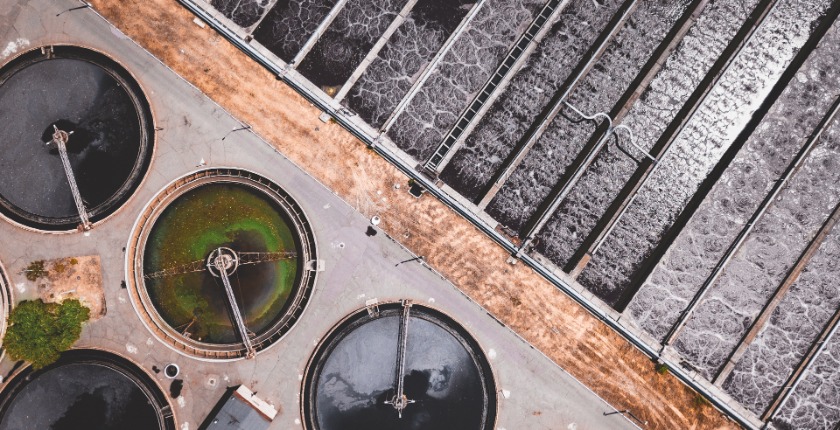Guest Post - November 12, 2018
Guest Post : "Nature can help us tackle wastewater"


Written by Laetitia Mailhes
Microbiology is nature’s operating system. Through 21st-century technologies such as low-cost DNA sequencing, humans are beginning to understand the secret world of microbes and their potential to help solve our most pressing problem, including mediating humans’ conflicted relationship with our environment.
In particular, microbes can help shrink our waste, including plastic and sewage. A massive 80 percent of wastewater resulting from human activities around the world is discharged into rivers or seas without any pollution removal. Considering the 1.8 billion people whose primary source of drinking water is unsafe for consumption, the magnitude of the global challenge of wastewater management is clear – as highlighted not only in the UN Sustainable Development Goal 6 but also in the 2008 UN-HABITAT report on wastewater which stressed that “development of wastewater treatment still has, as one of its objectives, the minimization of solids production.”
Microbes have been the operating system of wastewater treatment ever since William Joseph Dibdin, Chief Chemist of the London County Council, devised the process in the 1880s. His approach remains relevant today: Microbiology is the most readily available, scalable, affordable, effective technology to remediate sludge. Ageing, insufficient or even unavailable wastewater treatment infrastructure fails to address the increasing human waste stream generated by the growing global population. For the water sector alone, governments will need to invest about $7.5 trillion USD over the next decade to meet infrastructure needs—a massively expensive, disruptive and time-consuming undertaking. In the interim we need cost-effective solutions that can help these aging sewer systems cope.
Furthermore, safe, sustainable wastewater management solutions are needed to serve populations who are not – and may never be – connected to a sewage network for a host of reasons, including the lack of resources and land availability or accessibility. Fortunately, new tools can boost nature’s processing power by enhancing the activity of microbes already present in the waste stream. Because such bioremediation solutions can be low-capex, low-maintenance and easy-to-use, they are especially relevant for “off-grid” communities who are disproportionately impacted by poor wastewater infrastructure and need solutions that work fast.
At the same time, high-income countries are not exempt from wastewater treatment challenges, as the residents of Parrish, Alabama, can attest to. Last April a freight train carrying 10 million pounds of sludge from wastewater treatment plants in New York City and New Jersey brought foul odor and flies to their community. It eventually moved to a landfill 25 miles out of town. Toxic, smelly shipments will keep coming through proverbial Parrish, however, until we can help microbes do their job at the source, treating and even disappearing as much of the organic waste as they actually are able to.
Laetitia Mailhes
Director of Public Affairs and Communications at Drylet, LLC
The views expressed are from the author, and don't necessarily reflect those of the Solar Impulse Foundation.
Guest posts are articles written by our Members, Partners, key industry leaders or experts about clean technology trends and innovations that are interesting for the Solar Impulse Foundation ecosystem.

Written by Laetitia Mailhes on November 12, 2018
